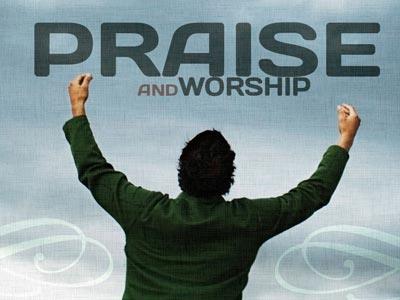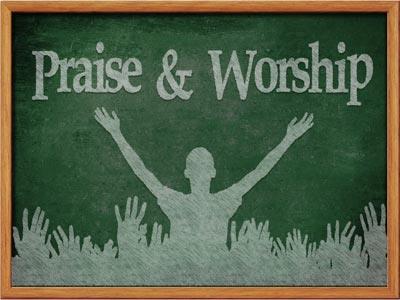-
Do What You Can
Contributed by Don Brockus on Oct 6, 2007 (message contributor)
Summary: It is my opinion that although the gospels of Matt., Mk., Lk., and John record some similar details regarding the alabaster jar, the critical reader will conclude that three separate anointing occur.
Do What You Can! (Mark 14:3-9)
(Mark 14:1-9; Matthew 26:7-13; Luke 7:36-40; John 12:3-8, cf. [confer])
Introduction
In our pericope (Pericope is an English word with Greek origins for: a passage from a written work) this morning, I have chosen Mark 14:3-9. It is my opinion that although the gospels of Matthew, Mark, Luke and John record some similar details regarding a woman, an alabaster jar, a fragrant ointment, and an anointing, the critical reader will conclude that three separate anointings occur at three separate locations, with three different characters, using three different methods, at three separate times, with four different attitudes being displayed by the observers, for two different reasons.
Let me elaborate.
1. Locations: Matthew and Mark’s account takes place in Bethany at the home of Simon the leper; whereas, Luke states this event takes place at a Pharisee’s home and John places the event at the home of Martha, Mary and Lazarus in Bethany.
2. Characters: All four accounts have a woman anointing Jesus with ointment from an alabaster jar. However, John tells us the woman’s name is Mary, but Luke informs his readers the woman was a sinner (Even though many scholars take the liberty to suggest she was a prostitute, the Bible mentions no specific sin or sins. Some even attribute this character to Mary Magdalene, but this too does not fit the text) and Matthew and Mark state only that a woman approached Jesus.
3. Methods: Matthew and Mark penned that the woman poured the ointment on Jesus’ head. Luke and John say the woman anointed Jesus’ feet. Luke further writes that the woman washed Jesus’ feet with her tears and wiped them dry with her hair. John says the woman anointed Jesus’ feet and wiped his feet with her hair.
4. Times: Matthew and Mark place the event two days before the Passover. John places the event six days before the Passover and Luke gives his readers no time frame.
5. Reason for the Event: Matthew, Mark and John place the event just prior to the Passion and focuses on the Sacrifice. Luke places the event early in his gospel and focuses more upon the contrast of humility and self-righteousness.
6. Observers’ Attitude: Matthew mentions that the disciples were indignant, Mark says, “Some who said to themselves,” Luke focuses on the Pharisee’s concerns that a sinful woman is touching Jesus and John identifies one disciple as expressing concern: Judas Iscariot.
I will, therefore, intentionally refrain from resolving this matter any further and allow the Biblical scholars, linguists and textual critics to discern why this is. Thus, I have come to the simple conclusion that although there are similar aspects to each account, we are actually seeing three separate anointings (Matthew/Mark; Luke; John). With that said, let us focus this morning primarily on Mark’s account.
The scene is Bethany, just a few miles east from Jerusalem two days before the Passover. Soon Jesus will experience the Passion. He knows this and decides to hang out at the grateful Simon’s home. Simon was once a leper and most likely healed by Jesus of this horrible disease.
Read Text: Mark 14:3-9
I. An Act of Worship
I believe we err by reducing the term, “Act of Worship,” to the singing of a few songs or casually raising our arms towards heaven. The word worship literally means worth-ship. It is a reverence or devotion to a deity. A church service or other rite demonstrates this. Acts of Worship come in a variety of methods. Expressing intense love, devotion or admiration are all Acts of Worship.
A. Unconditional Giving
All of these methods have something in common: an UNCONDITIONAL GIVING of all. For example, Giving of one’s Self can be expressed by lifting of one’s hands, bowing one’s head, or laying prostrate before God…Acts of Worship…to name a few. Giving of our Treasure {tithes and offerings} each service are, “Acts of Worship.” Giving of our Time to help clean the church, repair the building, teaching a class, leading a small group are all “Acts of Worship.” Giving of our Talents is an, “Act of Worship.” The Bible says, “Whatever you do, do your work heartily, as for the Lord rather than for men” (Colossians 3:23).
“And while He {Jesus} was in Bethany at the home of Simon the leper, and reclining at the table, there came a woman with an alabaster vial of costly perfume of pure nard; and she broke the vial and poured it over His {Jesus’} head” (Mark 14:3).
So, as Jesus was reclining at the table along with His friends, a woman overwhelmed with love takes an alabaster jar containing a very expensive ointment, opens the container {literally breaks the seal} and unconditionally pours all of the precious contents over Jesus’ head.
II. Hindrances to Worship

 Sermon Central
Sermon Central



